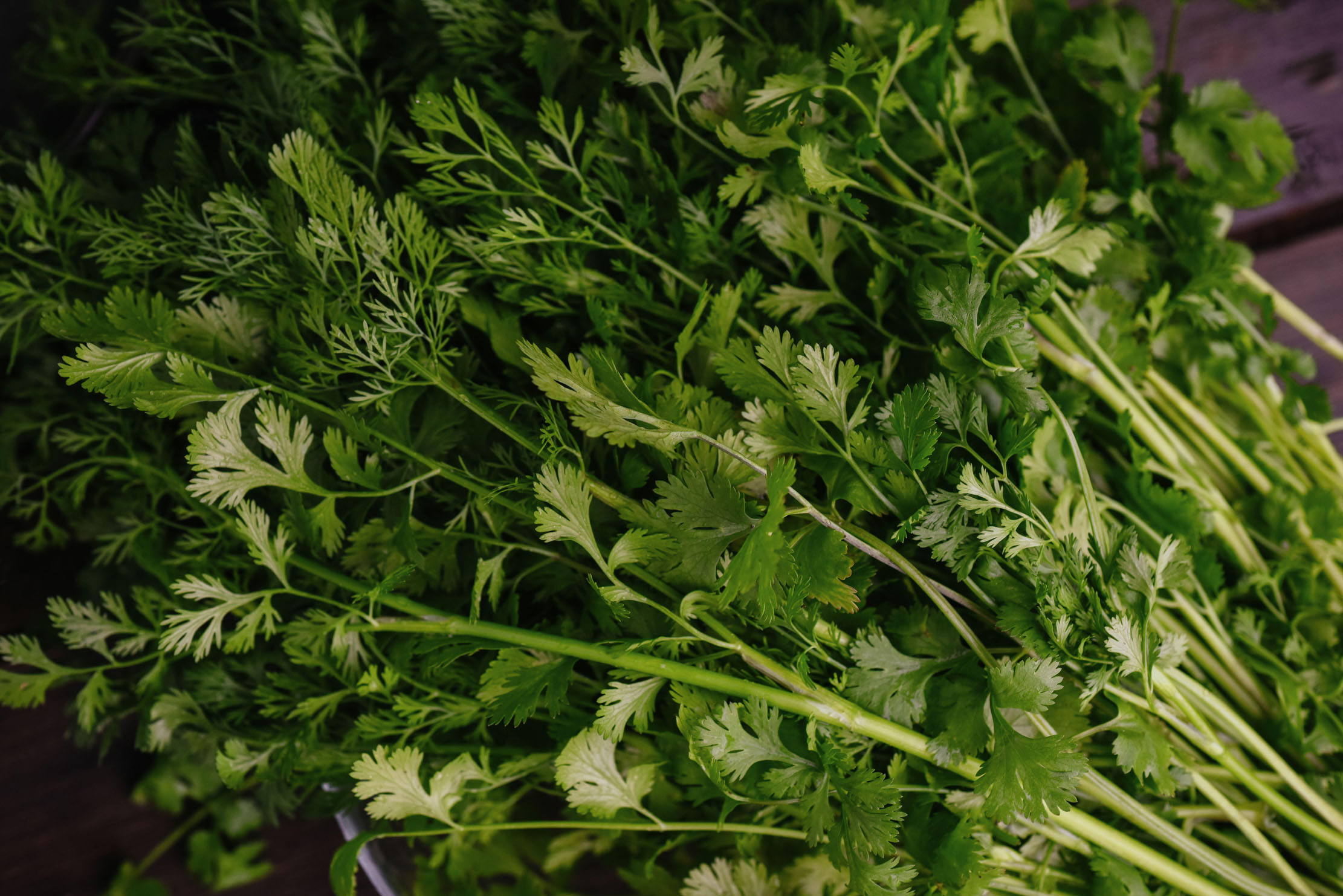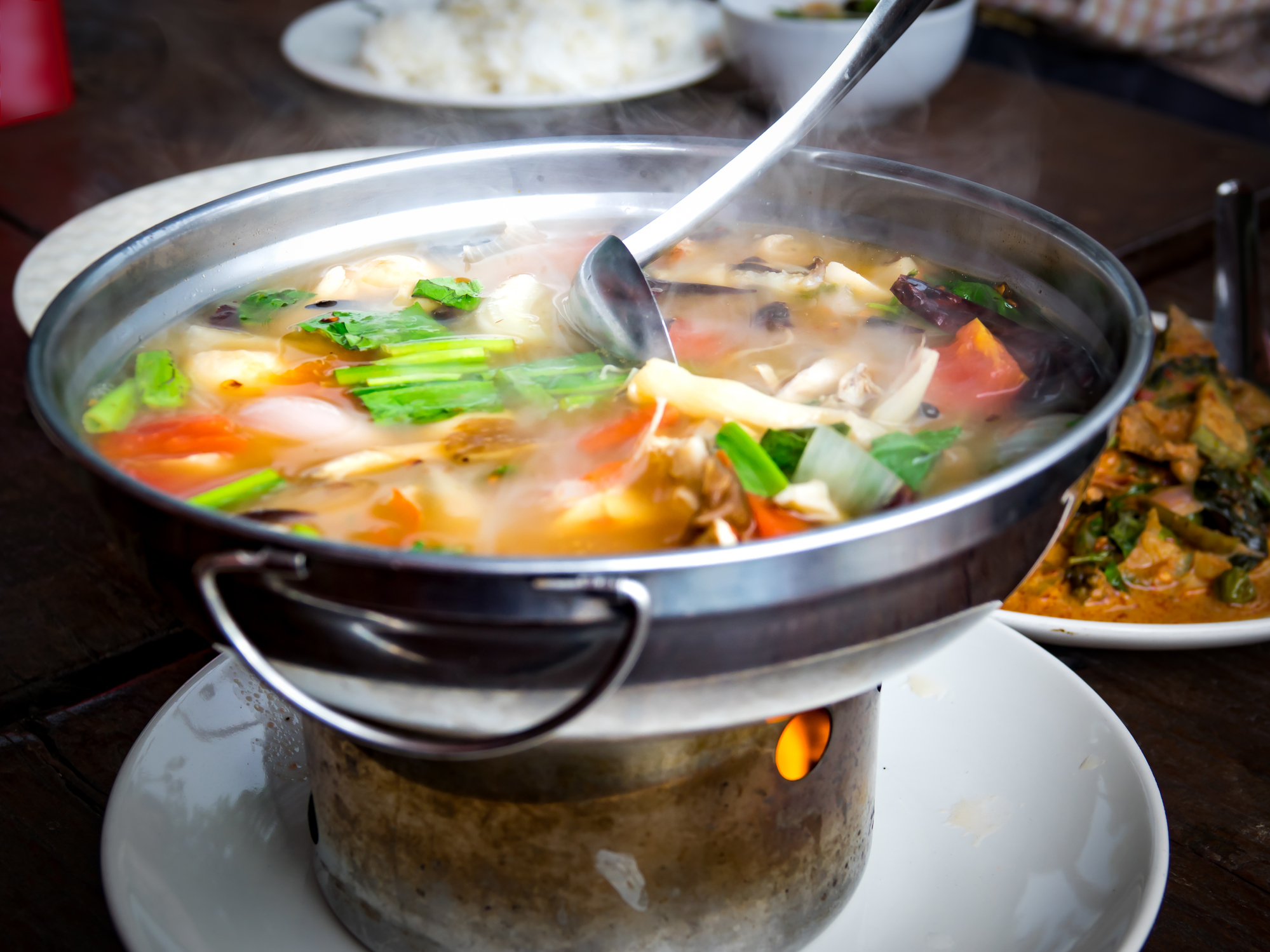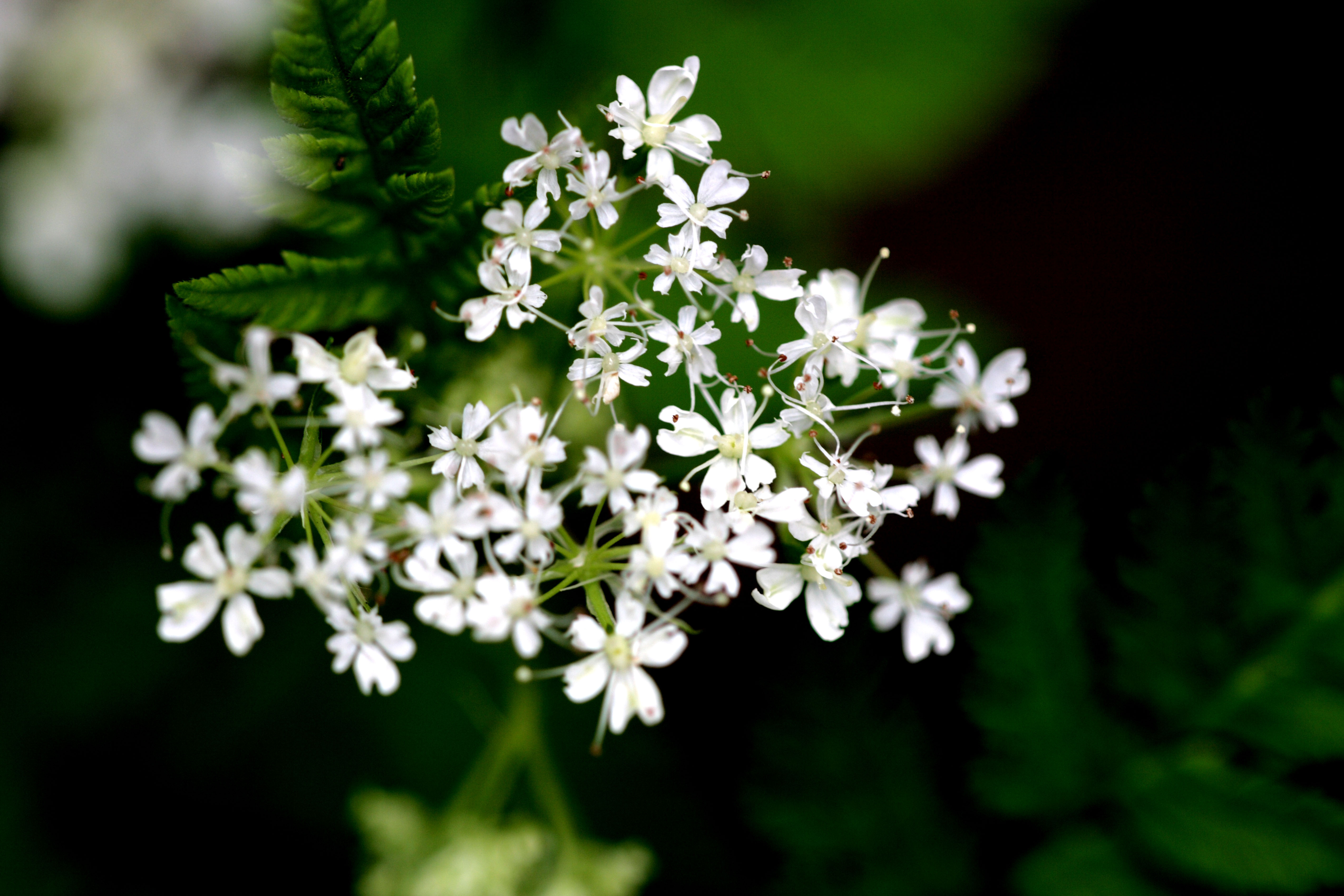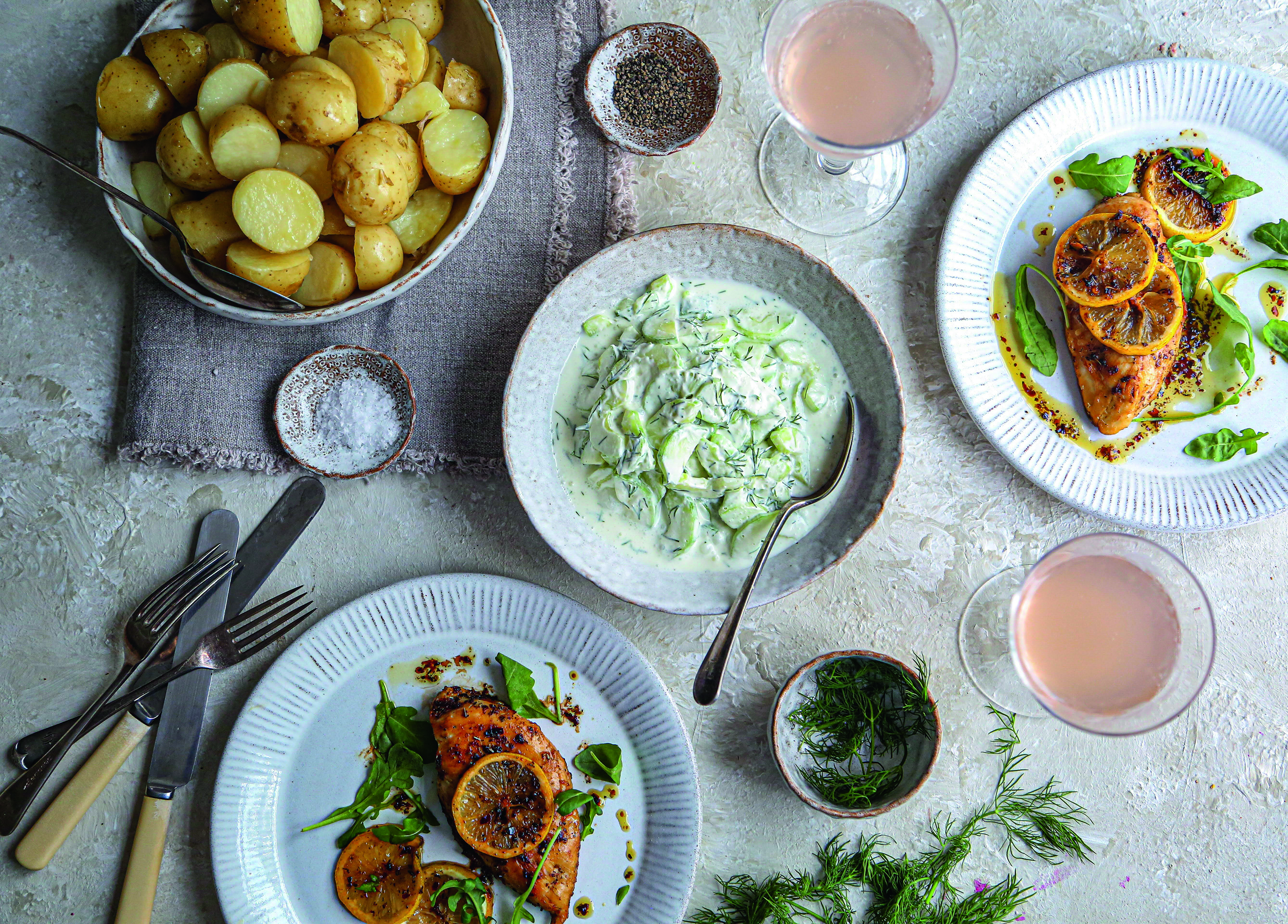Tom Parker Bowles: Why I detested coriander — and how my loathing turned to total adoration
Having trodden the fine line between love and hate, Tom Parker Bowles finds that what once tasted vile is now sweetly seductive: yes, he has fallen in lust with coriander


We didn’t start well. Me and coriander, that is, a nefarious herb I didn’t so much dislike as detest. The feeling was entirely mutual. It would go out of its way to irk and anger me, sullying stir fries, curries and tacos alike with its aggressively strange, deliberately repellent tang. I mean, how could one such innocuous-looking leaf — the very picture of fresh-faced, verdant beauty — punish the taste buds with such violent disdain. For a good few years, I spent hours methodically picking out each and every green scrap, cursing furiously under my breath. Damn you, coriander, fridge-store antichrist, the Mephistopheles of the kitchen.
Then, a strange thing happened. I’m not sure quite when or exactly where. It could have been at David Thompson’s Nahm and that mighty dish with the beef and cumin. Or perhaps a jalfrezi, curry house or otherwise, that came buried under a blanket of the stuff. Perhaps even a lone leaf, perched atop the LST Nachos at The Lone Star Texas Grill. What I do know, however, is that, suddenly, undistilled antipathy turned to abject adoration.
A similar thing happened with anchovies and olives, two other ingredients with resolutely adult appeal. Although this was altogether more intense, a glorious Damascene conversion, and I really couldn’t get enough of my new favourite. What once tasted vile was now sweetly seductive, blessed with a whisper of citrus and a soft, exotic sigh. Whereas parsley and sage were base and one note, coriander was complex and mysterious, both enchantress and enigma. I’d fallen in lust with a herb.

I’m not alone in my adoration, as coriander had always been the most cosmopolitan of herbs, sashaying around the world with fragrant aplomb, equally at ease in a Mexican sopa de lima as it is a Lebanese batata harra, Fujian stir-fried chicken or Pakistani chutney. Also known as cilantro or Chinese parsley (although, ironically, the Chinese name for parsley translates as ‘foreign coriander’), it’s also the most widely used herb in the world.
Although you may imagine it hails from the east, the mist-draped hills of Yunnan, say, or the banks of the Euphrates, coriander is a native of southern Europe. Arriving on our shores via Bronze Age invaders, the plant provides both herb and spice, the seeds (a spice-rack essential) mixed with vinegar to pickle meat. The leaves, once known as col, were added to medieval love potions. Essex was renowned for the quality of its coriander.
The Thais use the whole plant, including the root, which adds a unique freshness when pounded into a curry paste. If you go to a decent Thai shop (Tawana in Notting Hill, London W2, is my favourite), you’ll find bunches with the roots very much intact. And it’s one of those herbs you want to buy by the bushel, rather than in those wan, mean and overpriced supermarket packs.
That great herbalist John Gerard called it a ‘very stinking herbe’, but it’s a smell I adore, citrusy and refreshing, although some poor souls, thanks to a genetic quirk, smell just soap, damp dog, metal and even pee. The name actually comes from the Greek koriannon, meaning bug, as many believed it stank of squashed beetle.
Exquisite houses, the beauty of Nature, and how to get the most from your life, straight to your inbox.
As I said, I’m very much team coriander, but I’ll admit that too much of the stuff can overwhelm. It may be a culinary superstar, but it has an ego to match. Don’t let it dominate. I tend to pick the leaves from the stalks (and the stalks are great for stock), rather than chopping them up. A bit of a fiddle, but very much worth the effort.
Recipe: Hot-and-sour soup of shredded chicken and lemongrass
This is one of my favourite soups on earth, taken from David Thompson’s Thai Food, which is not only the greatest work on Thai food in the English language, but one of the great cookbooks of all time.

I’ve travelled up and down Thailand with David over the years and I love the man, as fine a person as he is a cook. This fragrant, almost medicinal soup has a beautiful elegance and balance. It both invigorates and soothes, and is perfect for a late-spring or early-summer lunch.
Ingredients
Serves 2 as a main course
- 1 litre good chicken stock
- Pinch of salt
- 4 slices galangal, about the size of a £1 coin (if you can’t find galangal, then ginger will just about do)
- 2 stalks lemongrass, trimmed
- 3 red shallots, trimmed
- 2 kaffir-lime leaves (if you can’t find fresh, use frozen), torn
- 200g skinless chicken breast or thigh
- 3tbspn lime juice
- 3tbspn fish sauce
- 4 bird’s-eye chillies (adjust according to your chilli tolerance), bruised
- 3tbspn finely sliced lemongrass
- 2tbspn finely sliced shallot
- 5 kaffir-lime leaves, finely shredded
- 1tbspn coriander leaves
Method
Bring stock to the boil and season with salt. Add galangal, whole lemongrass, whole shallots and torn lime leaves. Simmer for about 10 minutes, then add chicken and simmer until done, for about five minutes. Remove meat, allow to cool, then coarsely shred.
Strain stock, discarding the aromatics, then return to the boil. In a serving bowl, combine lime juice, fish sauce and chillies. Add chicken and pour over boiling stock.
Stir in sliced lemongrass, shallots and shredded lime leaves. Serve sprinkled with coriander.

The best herbs to grow in your garden aren't the ones you use the most. Here's why.
Mark Diacono is about to embark on creating a herb garden — here's what he's going to grow.

The two herbs to grow in your garden that'll convince you never to eat parsley again
Charles Quest-Ritson doesn't grow a lot of herbs, but those he does would grace any kitchen — and will have your

Credit: Chris Warren / Marston and Langinger
What to grow in a conservatory, from cacti and succulents to orchids and herbs
Conservatories are once again being used for cultivating and enjoying plants. Amelia Thorpe reports on a growing trend.

How to make the ultimate summer dish with lemon and herb roasted chicken and a soured-cream cucumber salad
Melanie Johnson shares a simple and refreshing summer recipe that is perfect for al fresco evenings.
Tom Parker Bowles is food writer, critic and regular contributor to Country Life.
